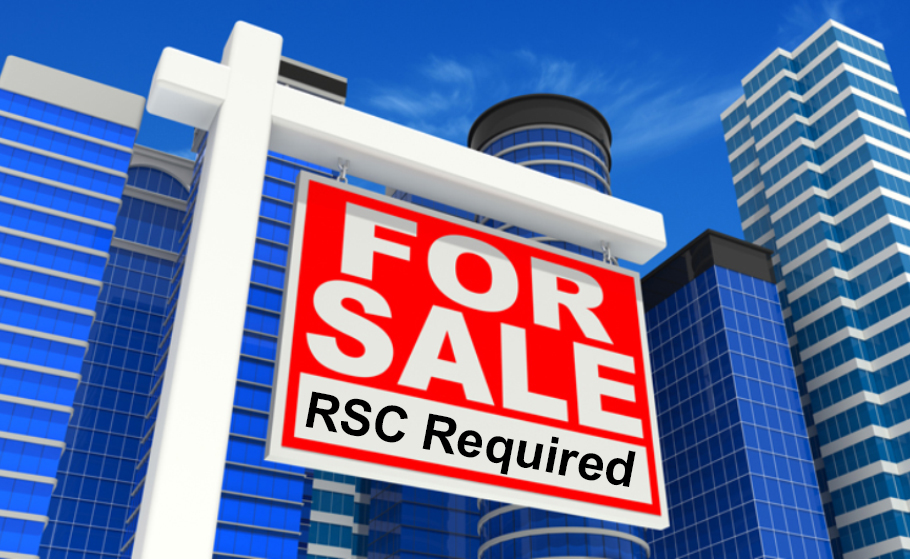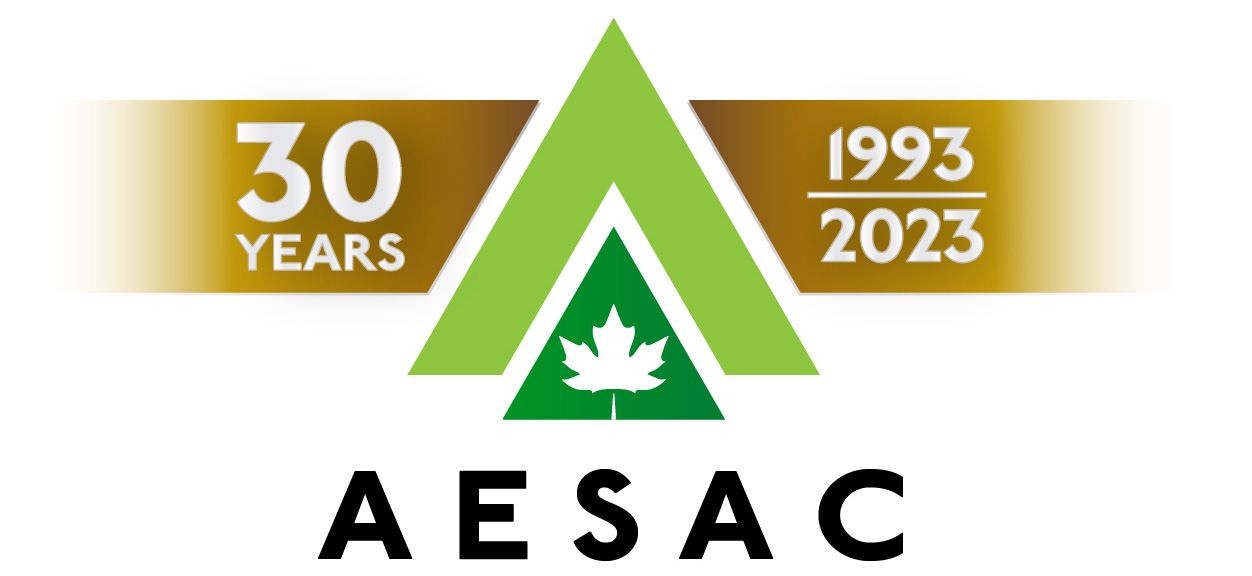- Home
- Training Courses
- Membership
- About Us
- Instructors Blog
- December 2023: All I Want For Christmas
- November 2023: ESA Report Reviews
- October 2023: Can AI Write an ESA Report?
- September 2023: Getting Paid... or Not
- August 2023: Take Me Back...
- July 2023: To Bid or Not To Bid
- June 2023: Selecting a Supplier
- April 2023: Phase 1 Problems, Part 3
- March 2023: Phase 1 Problems, Part 2
- February 2023: Phase 1 Problems, Part 1
- January 2023: Working Outside in Winter
- 2022 Blogs
- 2021 Blogs
- December 2021: Asbestos in your Home
- Sept 2021: Dirty Jars And Other Bad Things… Part 2
- August 2021: Dirty Jars And Other Bad Things… Part 1
- July 2021: How do you want that drawing to look? Part 2
- June 2021: How Did You Want That Drawing To Look? Part 1
- April 2021: So You Need a RSC... Part 2
- March 2021: So You Need a RSC... Part 1
- February 2021: What's In Your Toolbox? Part 2
- January 2021: What's In Your Toolbox? Part 1
- 2020 Blogs
- December 2020: A Day in the Life, Part 2
- November 2020: A Day in the Life, Part 1
- October 2020: Exploring Your Career Path
- September 2020: So You Want To Start Your Own Business - Part 2
- August 2020- So You Want to Start Your Own Business
- June 2020: Effective Communication
- May 2020: Tips For Working From Home
- April 2020: Conducting ESA’s During a Pandemic
- March 2020: It's Not Easy Being Green
- February 2020: Looking Ahead; Bold Predictions for the Next Decade
- January 2020: Looking Back; A Decade in Review
- 2019 Blogs
- 2018 Blogs
- 2017 Blogs
- 2016 Blogs
- 2015 Blogs
- Find an AESAC Member
Menu- Home
- Training Courses
- » Training Courses
- » Webinar Series
- » Calendar of Events
- » Course Registration
- » Course Instructors
- » Testimonials
- Membership
- » Become a Member
- » Certifications
- » Membership Search
- » Update Member Profile
- » Members Only
- » » Member Login
- » » Membership Renewal
- » » Create/Change Password
- » » CESA Certification Application
- About Us
- » About AESAC
- » Course Instructors
- » Contact Us
- Instructors Blog
- » December 2023: All I Want For Christmas
- » November 2023: ESA Report Reviews
- » October 2023: Can AI Write an ESA Report?
- » September 2023: Getting Paid... or Not
- » August 2023: Take Me Back...
- » July 2023: To Bid or Not To Bid
- » June 2023: Selecting a Supplier
- » April 2023: Phase 1 Problems, Part 3
- » March 2023: Phase 1 Problems, Part 2
- » February 2023: Phase 1 Problems, Part 1
- » January 2023: Working Outside in Winter
- » 2022 Blogs
- » » December 2022: Advice To My Younger Self
- » » October 2022: Pre-Purchase Due Diligence
- » » Sept 2022: Words Matter
- » » July 2022: Let Us Come To You
- » » April 2022: Due Diligence
- » » March 2022: Time Management
- » » February 2022: Spinning Augers... Part 2
- » » January 2022: Spinning Augers... Part 1
- » 2021 Blogs
- » » December 2021: Asbestos in your Home
- » » Sept 2021: Dirty Jars And Other Bad Things… Part 2
- » » August 2021: Dirty Jars And Other Bad Things… Part 1
- » » July 2021: How do you want that drawing to look? Part 2
- » » June 2021: How Did You Want That Drawing To Look? Part 1
- » » April 2021: So You Need a RSC... Part 2
- » » March 2021: So You Need a RSC... Part 1
- » » February 2021: What's In Your Toolbox? Part 2
- » » January 2021: What's In Your Toolbox? Part 1
- » 2020 Blogs
- » » December 2020: A Day in the Life, Part 2
- » » November 2020: A Day in the Life, Part 1
- » » October 2020: Exploring Your Career Path
- » » September 2020: So You Want To Start Your Own Business - Part 2
- » » August 2020- So You Want to Start Your Own Business
- » » June 2020: Effective Communication
- » » May 2020: Tips For Working From Home
- » » April 2020: Conducting ESA’s During a Pandemic
- » » March 2020: It's Not Easy Being Green
- » » February 2020: Looking Ahead; Bold Predictions for the Next Decade
- » » January 2020: Looking Back; A Decade in Review
- » 2019 Blogs
- » » November 2019
- » » September 2019
- » » August 2019
- » » July 2019
- » » May 2019
- » » March 2019
- » » February 2019
- » » January 2019
- » 2018 Blogs
- » » November 2018
- » » October 2018
- » » September 2018
- » » August 2018
- » » July 2018
- » » June 2018
- » » May 2018
- » » March 2018
- » » February 2018
- » » January 2018
- » 2017 Blogs
- » » April 2017
- » » June 2017
- » » August 2017
- » » September 2017
- » » December 2017
- » 2016 Blogs
- » » October 2016
- » » September 2016
- » » August 2016
- » » July 2016
- » » June 2016
- » » March 2016
- » » January 2016
- » » December 2016
- » » November 2016
- » 2015 Blogs
- » » April 2015
- » » July 2015
- » » September 2015
- » » October 2015
- » » December 2015
- Find an AESAC Member
In last month’s blog, I discussed the issue of obtaining a Record of Site Condition (RSC) in Ontario, specifically directed at property owners and buyers and consultants who are unfamiliar with the RSC process. This month I will explore some of the realities faced by stakeholders who find they now require an RSC for their property.
Transactional Due Diligence and the RSC
Similar to a home inspection prior to purchasing a house; many purchasers of commercial/industrial properties and their lenders require an Environmental Site Assessment (ESA) to assess potential environmental concerns that may be present. The ESA requirements for supporting the RSC under Ontario Regulation 153/04 (as amended) are different, and generally more stringent and costly to conduct than the CSA guidelines generally accepted for transactional due diligence and financing purposes. The RSC format also does not include an evaluation for the potential presence of asbestos-containing-materials, lead-based paint or other hazardous building products.
It may be prudent for a purchaser to commission a preliminary Screening Level Assessment (completion of the records review, research and site visit that forms the basis for the formal Phase One ESA report), prior to completing the full RSC-compliant ESA. This way the proponent can better determine if a Phase One ESA will be sufficient to satisfy both due diligence and RSC requirements; or whether a more costly and time-consuming Phase Two ESA will be required to investigate potential environmental concerns and to support the eventual RSC. In some cases the Screening Assessment may confirm actual site contamination or identify a high probability of environmental risk and liability, giving the purchaser an opportunity to back out of the deal before spending tens of thousands in investigation fees. Of course if the proponent already owns the site and requires the RSC, they are stuck with the strict regulatory process.
What will it take to get your RSC?
Too often I hear a recent purchaser tell me they just found out they need an RSC and were told “it’s only a bit of research and then file some forms”. That’s not the case, even for relatively “simple” RSC properties. The owners and stakeholders need to be aware of a few important things in this regard. The RSC regulations require that the necessary ESA reports to support the RSC be signed by a Qualified Person (a P. Geo, or P. Eng. licensed to practice in Ontario), and the RSC is submitted to the Environment Ministry for review. At a minimum, A Phase One ESA is mandatory. In many cases an intrusive Phase Two ESA investigation will be necessary; due to the strict ESA requirements, the long list of Potentially Contaminating Activities that will trigger a Phase Two, and the legal certifications the QP must make regarding the environmental condition of the Site. In addition, the soil and groundwater at the site must meet the applicable Site Condition Standards (i.e. be free of contamination), or undergo remedial actions and/or a Ministry-approved Risk Assessment prior to filing the RSC.
The owner will also be required to obtain an up-to-date legal survey and retain a lawyer for review and assessment of certain documents. It can be quite common for the Ministry to reject the initial RSC submission and even request additional work, especially for complex sites and for properties subject to remediation or Risk Assessment.
In a future blog I will discuss realistic time frames and consulting costs to successfully obtain an RSC.
Bill Leedham, P. Geo., CESA
Bill is the Head Instructor and Course Developer for the Associated Environmental Site Assessors of Canada (www.aesac.ca); and the founder and President of Down 2 Earth Environmental Services Inc. You can contact Bill at info@down2earthenvironmental.ca
Training Courses
Membership
About Us
Contact UsCopyright (c) 2024 Associated Environmental Site Assessors of Canada; AESAC Inc.



